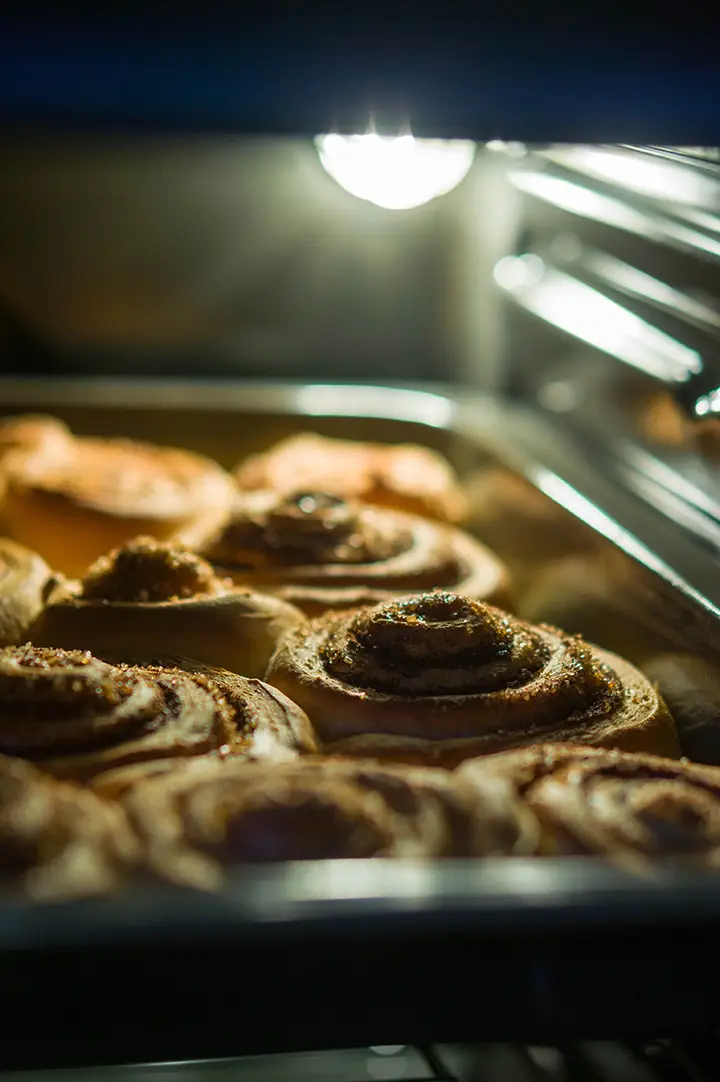Tips for Fixing Your Refrigerator Yourself
Here are some simple solutions for DIYers who are looking to keep their old refrigerator running longer. We’ve compiled these tips for solving fridge problems to help make appliance repair both easy and economical.
The most common issues associated with a refrigerator are usually related to the cooling system. It can be difficult to diagnose the exact problem without specialized knowledge of the appliance, but before you call a repair technician there are a few things that you can try.
The first step is to make sure the temperature of your refrigerator is set correctly. If it’s too low, your food won’t stay as cold as it should and could spoil quickly. If it’s too high, your energy bills could become unnecessarily expensive. If it is not set correctly, use the manual to adjust the temperature and make sure that it’s in the optimal range.
Airflow is also important for keeping your food properly cooled. Check for any obstacles near the fridge that could be blocking air ventilation. It’s also possible that the coils at the back of the fridge have become clogged with dust or pet fur, and should be cleaned.
Finally, it’s important to make sure the door seals remain tight and undamaged. Inspect the seals regularly to make sure they’re adequately covering the door and not letting any cold air escape. If they appear to be torn or stretched, they should be replaced.
These are just a few tips for solving refrigerator problems and helping to extend the life of your appliance. If your fridge isn’t working and you’re unable to diagnose the problem, it may be best to call an experienced appliance repair technician. Our Directory of Appliance Repair Technicians features trusted professionals across the country who can help solve your appliance woes.
Solving Fridge Problems: A Guide for DIYers
Q: What should I do if my fridge is not cooling food?
A: This is likely due to an issue with the refrigerator’s compressor, evaporator fan, or condenser fan. First, check to make sure the coils and fins around the condenser fan motor is free of dirt and debris. If the coils are clogged, you may need to clean the coils with a vacuum or garden hose. If this does not solve the issue, or you’ve been unable to pinpoint the source of the cooling problem, it may be time to call a professional refrigerator repair service.
Q: What should I do if my fridge is making strange noises?
A: Strange noises can be caused by multiple issues. Firstly, check the condenser and evaporator fan blades for bird nests, objects, or damaged blades. Also check the area around the fan for dirt and debris. If nothing is out of the ordinary and the noise persists, it is likely an issue with bearings or motors. If you are unable to identify the source of the noise, it may be time to consult a refrigerator repair specialist.
Q: How can I check if my refrigerator is leaking?
A: To check for refrigerator leakage, start with visually inspecting inside the fridge and under the refrigerator. Make sure there is no water leaking from the water filter or the water supply line. Next, isolate the issue by inspecting the doors and seals. If the seals are worn or broken, the door should be replaced. Finally, if you see any wetness or condensation on the outside or under the unit, it could be an issue with the condensate drain pan or overflow tube. Depending on the issue you may need to contact a professional for assistance.
Q: Is it safe for me to repair my refrigerator myself?
A: For safety reasons it is generally better to leave refrigerator repairs to a certified refrigerator repair technician. Refrigerator repairs can be dangerous, since they involve electrical and power tools. Trying to DIY could put you in a dangerous situation, which can lead to serious injury or even death. If you’re unsure of how to properly perform a repair, consult a qualified technician.
Q: How often should I clean out my refrigerator’s condenser coils?
A: Condenser coils should be inspected and cleaned at least once per year. To clean the coils, first unplug the fridge and then remove the bottom panel. Inspect the coils for dirt and debris, then use a vacuum to clean the coils. If the coils are very dirty or clogged, use a soft brush or a garden hose to clean them. Once you’re done, replace the bottom panel and plug the refrigerator in.
Key Takeaways - Solving Refrigerator Problems
- Ensure the temperature setting of your refrigerator is correct to avoid spoiled food and expensive energy bills.
- Check for any obstructions blocking air ventilation and clean the dust or pet fur from the coils at the back.
- Inspect the door seals for any tears or stretching and replace them if necessary.
- DIYers can diagnose and fix refrigerator problems without specialized knowledge if they have the correct information and tools.
- If not confident to fix, contact an experienced appliance repair technician to help solve the issue.
